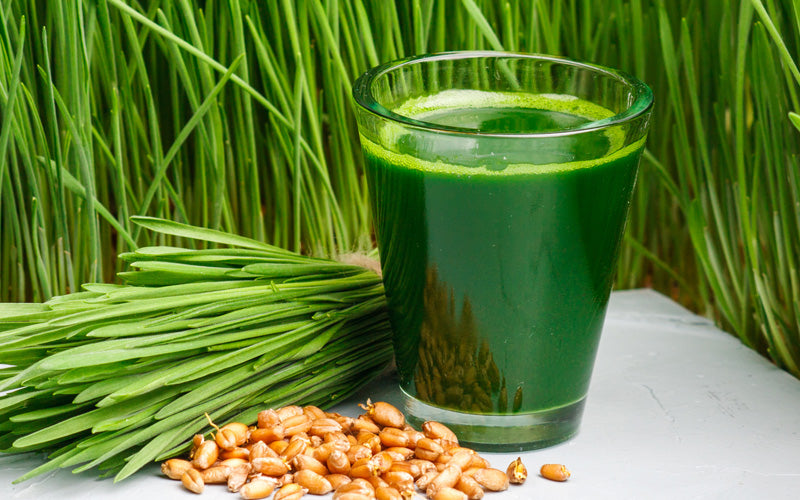What do Sex and the City wellness trends, ancient Egyptian healing, and modern-day Pilates routines have in common? The answer: wheatgrass shots. This deep green health drink has long been touted for its range of benefits, from boosting energy to supporting skin health and digestion. I took a shot of wheatgrass every morning for a month—here’s what I learned about its health perks and whether it deserves a place in your daily routine.
What Is a Wheatgrass Shot?

A wheatgrass shot is typically a 1–2 oz portion of juice made from the young shoots of the wheat plant (Triticum aestivum). Rich in chlorophyll, amino acids, and a wide array of vitamins and minerals, this small shot packs a nutritional punch.
Top Benefits of Wheatgrass Shots
1. Boosts Energy and Fights Fatigue
Thanks to its high levels of B vitamins, wheatgrass helps convert food into energy. When consumed on an empty stomach, the nutrients quickly absorb into the bloodstream—often within 20 minutes—resulting in sustained energy without the crash. Athletes love it for its ability to support oxygenation and endurance.
2. Aids Digestion and Reduces Inflammation
The enzymes and fiber in wheatgrass improve digestion by helping your body break down food and absorb nutrients. It can reduce bloating and regulate bowel movements. The chlorophyll in wheatgrass is also a potent anti-inflammatory, helping reduce long-term inflammation associated with conditions like heart disease and cancer.
3. Strengthens the Immune System
While more studies are needed, wheatgrass is packed with antioxidants—like flavonoids and phytochemicals—that protect your cells from damage and support immune function. It should be considered a healthy addition to a balanced diet, rather than a cure-all.
4. Enhances Skin Health
Wheatgrass’s antibacterial compounds (including chlorophyll-A and apigenin) may help with acne, eczema, and psoriasis. Personally, I noticed smoother, more hydrated skin throughout the month, which could be attributed to both the nutrients and the extra hydration from drinking more water with my shot.
Fresh Juice vs. Powdered Wheatgrass: What’s Better?
Wheatgrass is available in several forms—fresh, powdered, frozen, and in tablets. According to experts like Dr. Britt Cordi, fresh field-grown wheatgrass has up to 48% more chlorophyll and antioxidants than tray-grown or powdered options. For maximum nutritional benefits, frozen juice is the top choice, while powders offer convenience.
What Does a Wheatgrass Shot Taste Like?
In a word: grassy. Imagine freshly mowed lawn in liquid form. While it may not be everyone’s favorite, combining it with coconut water, mango, or honey can improve the taste. I started to enjoy the earthy flavor over time and found it quite refreshing—especially compared to sugary juices.
Does Wheatgrass Stain Teeth?
Unlike coffee or wine, wheatgrass doesn’t contain chromogens that stain teeth. In fact, chlorophyll has antimicrobial properties that can freshen breath and support gum health—making it a green drink that actually benefits your smile.
Who Should Avoid Wheatgrass?
- People with celiac disease or wheat allergies (despite being gluten-free)
- Those on blood-thinning medications (due to high vitamin K)
- Pregnant or breastfeeding individuals (insufficient research)
- Anyone prone to digestive sensitivity—introduce it gradually
When Should You Take a Wheatgrass Shot?
The best time to take a wheatgrass shot is on an empty stomach, either first thing in the morning or 30 minutes before a meal. This ensures better absorption of nutrients. Try adding it to water, smoothies, or even salad dressings for variety.
Final Thoughts: Is Wheatgrass Worth It?
While no single supplement is a magic bullet, wheatgrass is a powerful health ally. I found it to be a simple yet energizing morning ritual. If you’re looking to support your digestion, immune system, and skin—without another cup of coffee—this little green shot might be worth a try.
Just remember: wellness is a marathon, not a sprint. Wheatgrass can be a helpful tool in a broader routine of healthy eating, movement, and self-care.









